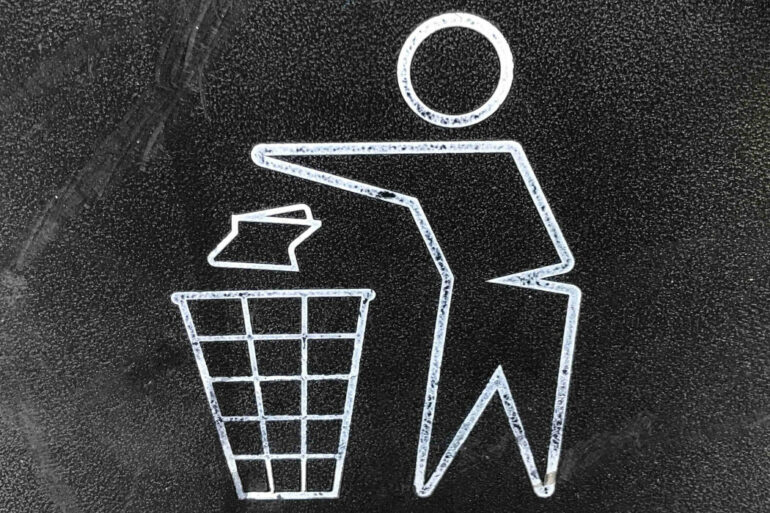The push for a more circular economy, one that focuses on better practices with the use and reuse of electronics, received its first-ever country-wide awareness month last year.
With 2023 now in full swing, Canadian startups and businesses have an opportunity to improve the handling of their electronics and electrical waste, or e-waste. The life cycle of electronics needs to be re-envisioned, said Electronic Recycling Association (ERA) managing director Andrew Wesolowski, especially if we want to sustain the environment we inhabit. The has dedicated its resources fighting e-waste since 2004.
“Even the smallest contribution can make an incredible difference in our natural and socioeconomic environment for decades to come.”
“In our technologically advancing ‘upgrade’ culture, awareness surrounding the responsible handling of e-waste is typically not common knowledge,” added Wesolowski.
E-waste refers to any IT equipment—including computers, mobile phones, or tablets—which is discarded by its owner. Much of this e-waste is ending up in landfills.
E-waste contains hazardous substances and additives, such as mercury or lead, which can present a toxic risk if not recovered properly. Hazardous processes like open burning, manual dismantling, plastic chipping and melting, heating, and acid leaching, cyanide salt leaching, and mercury amalgamation, pose a threat to both humans and the environment. Often these methods are facilitated in an unregulated manner and expensive to complete.
Global E-Waste Monitor reported that, in 2019, 53.6 million tonnes of e-waste was discarded worldwide, with this number projected to climb to 74 million tonnes by 2030. In Canada alone, 650,000 to 750,000 tonnes of e-waste was discarded between 2017 and 2020.
Reduce, reuse, reformat
Approximately 500 pounds of fossil fuel, 50 pounds of chemicals, and 6 tons of water is needed to manufacture a new computer. There are also precious metals which can be recovered and put back into our manufacturing stream for new goods. This is a critical step of the recycling process, which, as Wesolowski noted, “needs to be handled ethically and responsibly by services providers who are certified to do so.”
Wesolowski said startups are the target businesses the ERA aims to help with the equipment it repurposes, as they “typically would not have much to discard since they are just entering the market.”
The ERA offers drop-off depots in various cities across North America, where citizens and businesses alike can donate their used equipment to be discarded. Large quantities of electronics can also be picked up by one of their trucks.
Data-bearing equipment is transported safely and securely to ERA’s facility to then undergo sanitizing measures. Following this, the process of overwriting hard drives, meaning replacing previously stored data on a drive or disk, takes place. Overwriting hard drives utilizes the Department of Defense (DoD) accepted standard for drive erasure (US DoD 5220.00-M), said Wesolowski.
“Data is overwritten with a predetermined pattern of meaningless information, effectively rendering the data unrecoverable,” he continued, adding that “after overwriting, the hard drive is still physically functional and can accept formatting” for new use.
Next steps
ERA’s aim is to repurpose and reuse as much technology as possible, but the lack of awareness of these measures poses a continual problem. The fallout of the COVID-19 pandemic has also created an even larger digital divide between people with daily access to technology and the people without it.
Wesolowski says more evolved programs, action plans, and a national e-waste management strategy built around awareness and inclusiveness for all economic players is needed to create change.
Startups and businesses looking to play their part can take stock of what equipment is being used and make a dedicated plan to reuse before buying new inventory, as well as ensure items discarded are done so with attention and care to the environment—not just thrown out in the trash or left in offices unused.
Because environmental harm affects everyone, policymakers need to design, implement, and exercise a framework within the environmental ministry which focuses on reuse first, Wesolowski said. This can create a ripple effect for businesses to then develop internal policies that focus on donating retired equipment to the ERA as opposed to discarding them as waste in landfills.
“Even the smallest contribution can make an incredible difference in our natural and socioeconomic environment for decades to come.”
Feature image courtesy Gary Chan via Unsplash.


